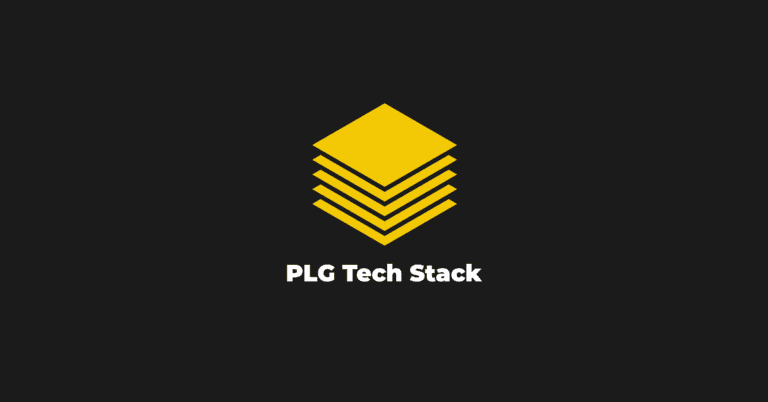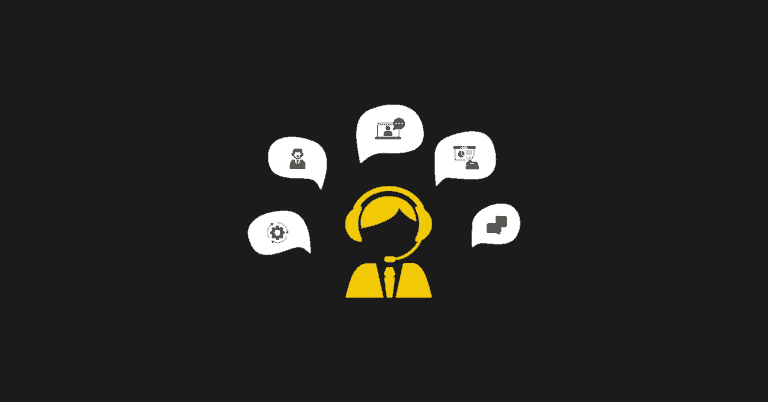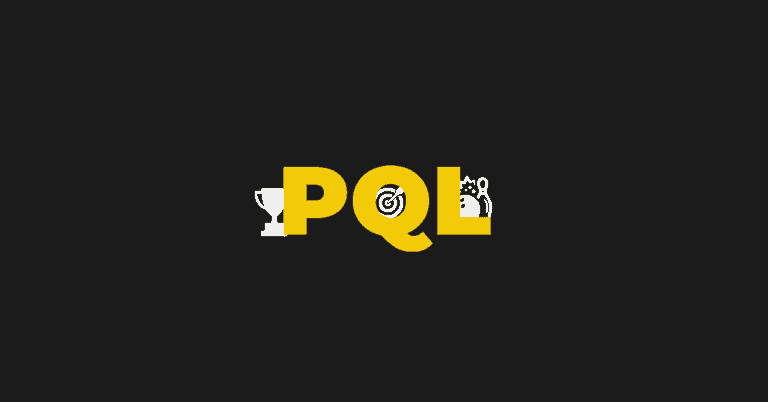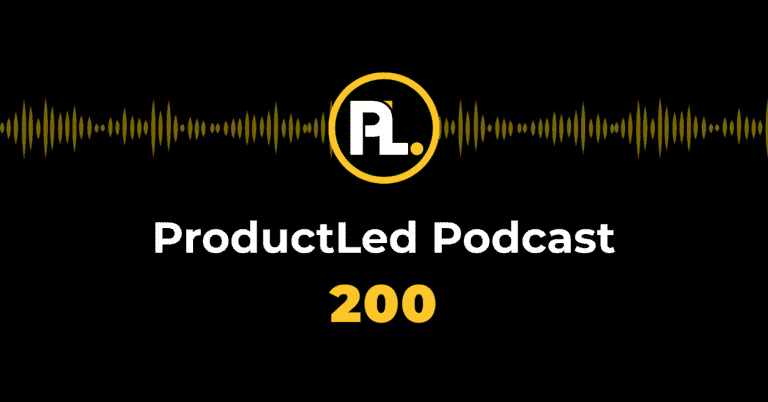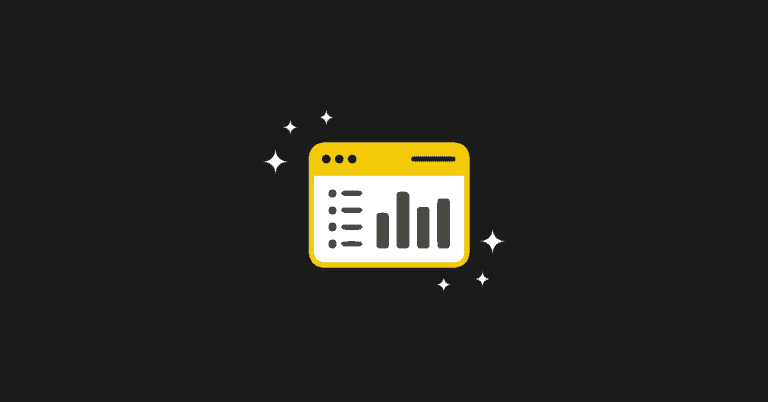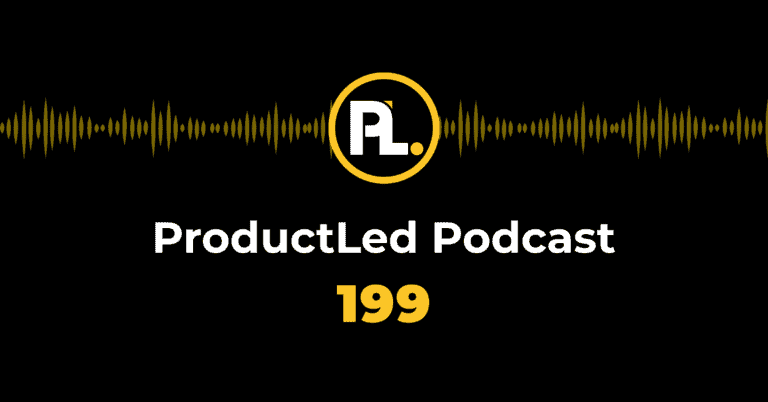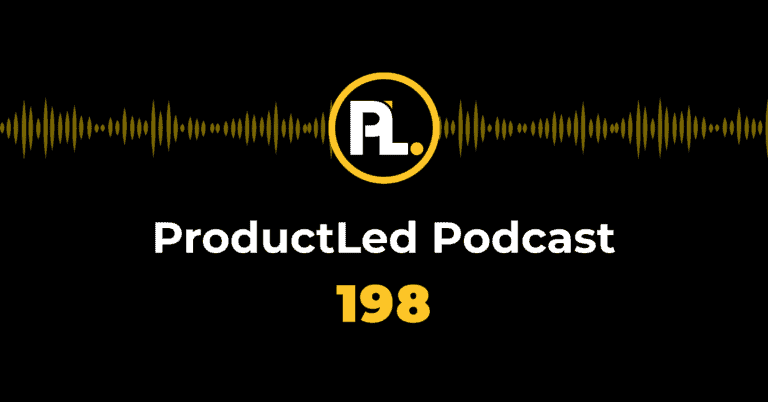Product-led sales (PLS) is all about which users should be prioritized and how to nurture the leads to close deals.
While the terms product-led growth (PLG) and product-led sales are often used interchangeably, they encapsulate very different concepts.
Product-led growth is a go-to-market strategy that involves the entire organization and focuses on leveraging the product experience as a key driver to grow revenue.
On the other hand, product-led sales involves understanding which users should be prioritized for conversion, the following upsell efforts, and how to target them best to close deals.
In this article, I dive into the current definition of PLS as a functional strategy led by the sales team, and explain why this definition has overshadowed a powerful strategy to drive revenue growth in product-led organizations.
How a sales team is structured in a product-led organization
Shifting towards a PLG strategy is not a functional effort, but rather a fully-fledged go-to-market strategy that involves a mindset shift from the entire organization.
In traditional sales-led organizations, customer-facing functions like sales and marketing are largely separated from those responsible for product development. However, in a product-led organization, each department needs to leverage the product to achieve its business objectives and is thus tightly connected with the product team, which acts as a central orchestration layer for the entire organization.
In PLG organizations, the role of each function changes to adapt to the new business objective (of creating delightful product experiences) that convert and upsell users:
- Engineering and product teams focus on creating seamless onboarding experiences and on highlighting the most high-value features.
They know that the users are trying the product for free and could lose interest at any time. They need to keep them engaged and minimize the time it takes for them to reach the “aha” moment that will convince them to convert to a paid plan. - Marketing teams direct their efforts toward creating content that can generate hype around the product and build a community of engaged users who share tips and strategies on how to extract value from the product.
- Sales teams are undoubtedly the ones that undergo the biggest change in their approach – so much so that the term "product-led sales" was created to describe their role in a PLG organization.
What is product-led sales?
Product-led sales (PLS) is a go-to-market approach that sales teams need to adopt in PLG organizations.
In more traditional sales-led organizations, sales teams are responsible for nurturing leads that marketing qualifies as “hot.” These marketing qualified leads (MQLs) have never seen the product in action, but the sales teams need to convince these leads to make a purchase – and typically do so through sleek product presentations and video demos.
In a product-led model, the leads are at least partially aware of the product’s features – they’re already using it through a free trial or freemium version.
PLS is all about which users should be prioritized by the sales team and how to nurture the lead to close deals.
In a PLG organization, sales teams look at product usage data to identify the most valuable prospects and are often referred to as Product Qualified Leads (PQLs). It’s important to note here that sometimes they aren’t called PQLs internally. They could be labeled something different such as a Tier One lead instead. No matter what it’s called, the idea is the same: these users have used the product already and are identified as likely to upgrade.
Several software tools exist to help sales teams understand the likelihood a user will convert to a paid plan. These tools are based on a machine learning model that compares a user’s profile and product usage patterns with those of users who have successfully converted or upgraded plans in the past.
Sales teams then get to work on the identified PQLs, explaining the value of paid features to freemium users, giving a limited-time discount to those on a free trial, or convincing individual paid users to invite their team to the platform.
However, the most effective PLS outreach strategies go beyond this basic account information and leverage product insights to identify PQLs and personalize the campaign.
Consider these two messages below: which one are you most likely to reply to?
Message A
Hi Martin,
Great to see that your team is using Loom. I’d love to jump on a call some time week to show you how you can achieve more using the complete feature set of Loom for Business. Please feel free to suggest some availabilities.
Best,
Yann
Message B
Hi Martin,
Great to see you just shared your 3rd Loom video. You're doing great with 75 cumulated views already!
I noticed that you haven't yet tried our recording highlight feature. You could 10x engagement on your videos by using this feature.
Below, is a short demo of how we use it here at Loom. I would love to jump on a call and show you how you can achieve more with Loom for Business! If that could be of interest, feel free to book some time here.
Highlight Demo Loom - Watch Video
Best,
Yann
______________
At this point, you are likely thinking: Yes, I’d love to send message B, but where do I find the time to gather all this data for each of my PQLs?
This is a key point: effective tools and automations are indispensable if you want to realize the full value of your PLS strategy. In fact, not only does the message writing need to be automated, but it also needs to be optimally timed to reach the users at the moment when they are most likely to respond.
Here is an example of a real-time Slack notification that can help automate the email above.
To summarize, the definition of product-led sales does a good job at clarifying how sales teams should operate inside a PLG organization: using product information to identify your top leads to personalize outreach campaigns.
Now that you know the power of PLS, are you ready to implement these learnings?
Before you do, let me address a key shortcoming of the current PLS definition: it overlooks a strategic opportunity to unlock a truly product-led growth motion.
Introducing your new best salesperson: your product
What’s missing from the traditional definition of product-led sales is the realization the product should take center stage in the company's sales efforts.
While “product-led” is a key component of the term “product-led sales,” the PLS approaches discussed in the previous sections only leverage the product to segment and identify leads, leaving the targeting to the sales team.
However, a growing body of market research shows that B2B customers want more independence in the buying process, and 50%+ of them prefer to buy without any interaction with a sales team.
Prospects with a strong preference towards self-serve buying find themselves enrolled in outreach campaigns by sales which are unlikely to yield the desired result and instead risk backfiring and putting the customers off completely.
So how do you nudge self-serve buyers to complete their purchase journeys, while at the same time prompting those who would prefer to speak to sales to do so?
By adding a new, powerful asset to your sales team: your product!
Using in-product prompts as the first touchpoint to target your PQL means you can leverage the product insights you have gathered on your users to nudge them towards the desired action – be it a self-serve conversion/upgrade or booking a call with sales.
Let’s review how this can work.
Imagine that a lead is visiting your pricing page for the third time in a week. You can show them a tailored prompt offering a limited-time discount on the first three months. If they dismiss the prompt, you may decide to wait for 2 days and then prompt them to book a call with sales.
Now, this is only one of the many possibilities that you unlock by hiring your product into your sales team, and prompts can be made even more powerful when they’re personalized based on product usage and firmographic data. I.e. the size of the account and the user’s job role within the firm.
For example, you can leverage product usage data to:
- Offer a trial extension to users who are about to complete their free trial and have used the product more than the average of paid users.
- Prompt users who interact with a limited set of free features to look at a demo of a paid feature to better understand its value.
- Nudge the most active users to refer another team member or friend to another organization.
Moreover, firmographic data can help you design targeting actions such as:
- Prompt a call with sales when the account has over 50 employees.
- If there are multiple users within the same account, prompt them to create a team subscription to take advantage of collaborative features.
Importantly, while there are clear benefits to using the product as the first touchpoint in targeting PQLs, this doesn’t mean that a PLS outbound strategy should be discarded.
Any targeting strategy needs to clearly define when and how the sales team should pick up ownership of the account and insert it in their outbound sequences.
When transferring ownership of a PQL from the product to the sales team, timing is of the essence. The best course of action is to notify the sales team immediately after the user dismisses the last prompt in a targeting sequence.
You can do this automatically by integrating a tool with Slack that alerts you.

By using the product as a first interaction layer and carefully designing this handover, PLG businesses can maximize the effectiveness of their targeting approach.
This means they can use the product to close deals that are most likely to convert. Then, the sales team can focus on the harder-to-convert, higher-value leads where their expertise can prove crucial to a successful outcome.
In conclusion, successful PLG businesses are realizing the traditional definition of product-led sales hides one of the core pillars of product-led growth – that their product should be the first touchpoint for their sales efforts.
These businesses are turning to carefully curated and data-driven in-product experiences to covert and upgrade users, while redirecting the effort of sales teams where their skills can yield the most value – convincing high-value users who dismissed in-product prompts.


